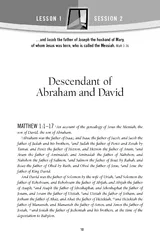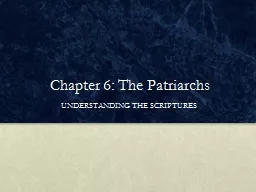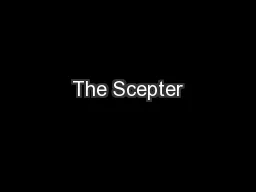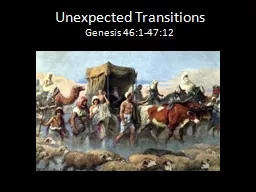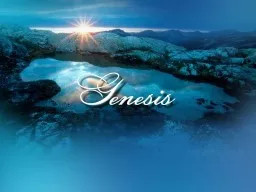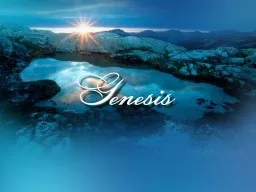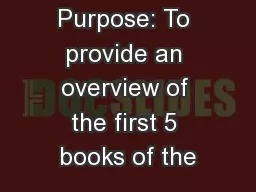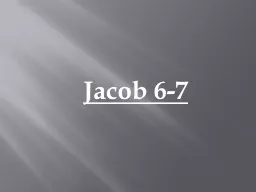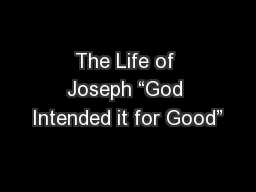PDF-SE SS ION SS ON and Jacob the father of Joseph the
Author : calandra-battersby | Published Date : 2015-05-28
att 116 Descendant of Abraham and David ATTH W 1117 An account of the genealogy of Jesus the Messiah the son of David the son of Abraham Abraham was the father of
Presentation Embed Code
Download Presentation
Download Presentation The PPT/PDF document "SE SS ION SS ON and Jacob the father o..." is the property of its rightful owner. Permission is granted to download and print the materials on this website for personal, non-commercial use only, and to display it on your personal computer provided you do not modify the materials and that you retain all copyright notices contained in the materials. By downloading content from our website, you accept the terms of this agreement.
SE SS ION SS ON and Jacob the father of Joseph the: Transcript
Download Rules Of Document
"SE SS ION SS ON and Jacob the father of Joseph the"The content belongs to its owner. You may download and print it for personal use, without modification, and keep all copyright notices. By downloading, you agree to these terms.
Related Documents

